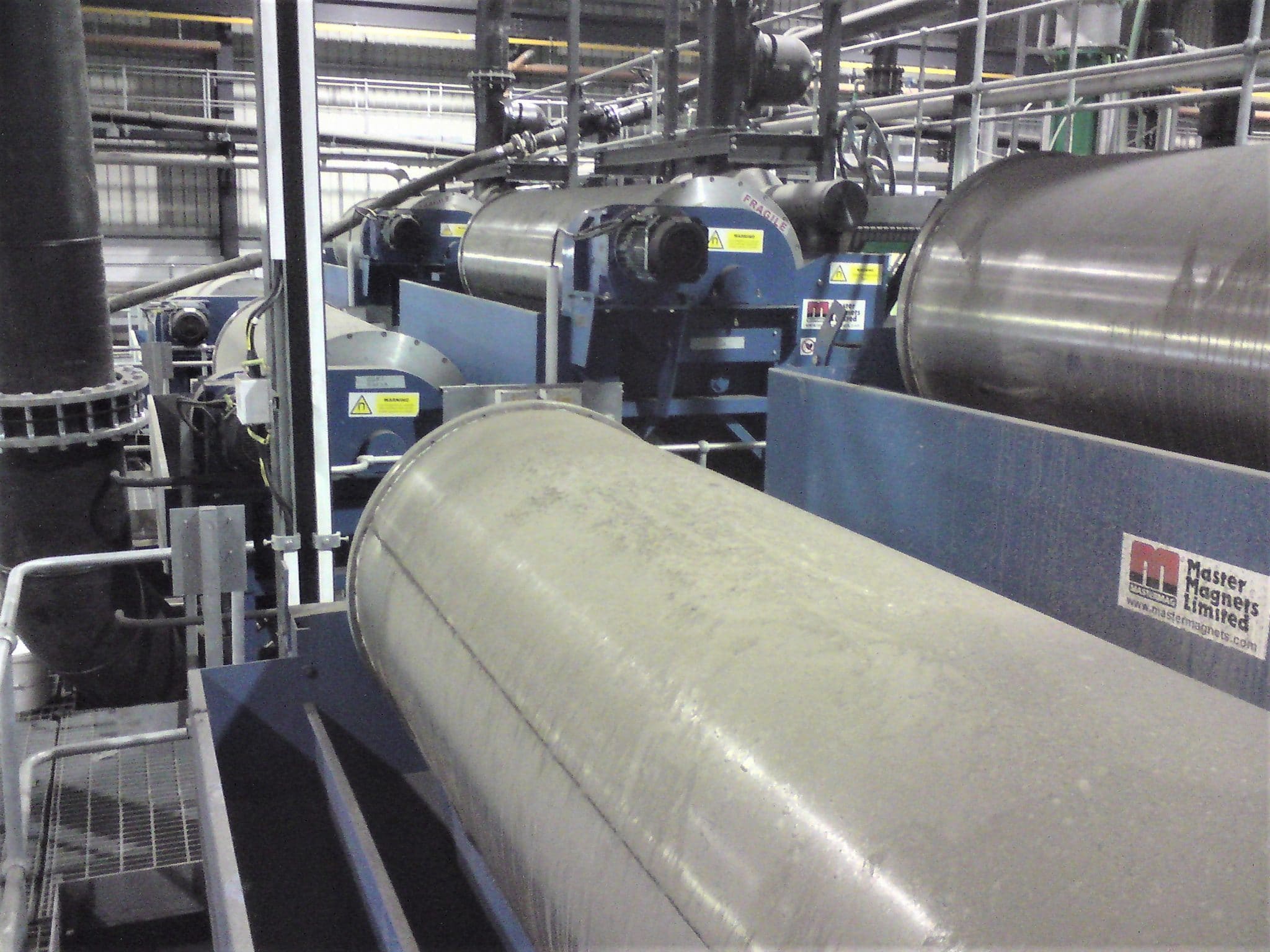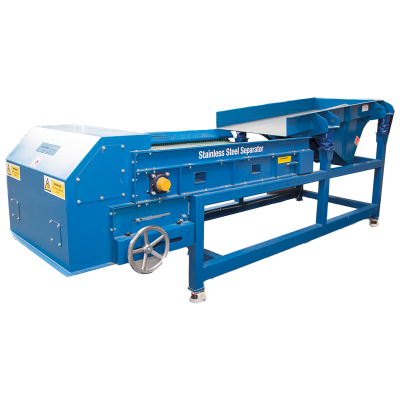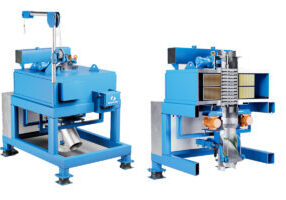Description
The Wet Drum Magnetic Separator is a key part of a dense media plant, located after the density separation process to recover the heavy media (i.e., magnetite or ferrosilicon) for recycling and reuse. High percentage recoveries are vitally important due to the high cost of the media. Multiple stages of Wet Drum Magnetic Separation feature in coal washing plants and secondary metal heavy-media operations.
The Wet Drum Magnetic Separator features a strong, stationery permanent magnetic element mounted inside a revolving non-magnetic shell. The adjustable multi-pole ceramic ferrite magnetic element produces a high-flux, radial magnetic field (i.e., along the circumference of the shell), which maximises recovery to +99.9%.
The main stainless-steel cover of the Wet Drum is covered by a replaceable stainless-steel wear wrap, although a rubber coating is available for specific applications. The Wet Drum is mounted in a stainless-steel fabricated tank and launder.
Related Blogs
Operation
In operation, the media or mineral slurry continuously feeds into the base tank of the Wet Magnetic Drum Separator. Strongly magnetic materials (e.g., magnetite, ferrosilicon or iron-ore) attract to the surface of the Wet Drum Magnetic Separator, where they are held and moved out of the non-magnetic slurry on the surface of the rotating non-magnetic shell. The captured magnetics are then deposited into a collection area, often with the assistance of a scraper to remove them from the surface of the shell. Non-magnetics flow out of the tank. There are three different models (i.e., designs of tank) to suit specific separation objectives and applications.
Models
Although the magnetic configuration of the element stays the same, there are three different tanks designs to suit different applications and solid to liquid ratios.
Concurrent

Concurrent tanks suit applications requiring high recoveries of medium with a high concentrate specific gravity. Also, the ‘Concurrent’ design enables the handling of slurries with particles up to 6mm in size. To maximise the recovery of magnetite or ferrosilicon, two Wet Drums work in series with the tailings from stage 1 feeding into the second Wet Drum.
Counter Flow

The Counter Flow design primarily caters for processes with surges in throughput. The tank configuration minimises magnetic material losses in slurries with a high magnetics content, especially when a clean concentrate is not of prime importance. Although the ideal material specification for this design is <0.5mm (-30 mesh) with a solids content of 30-40% by weight, the Counter Flow configuration handles materials with particles up to 4mm.
Counter Current (Steffenson)

The Counter Current (Steffenson) tank produces a high-grade magnetic concentrate, with lost fine magnetics passing into the tailings which are then re-processed to maximise magnetics recovery.
Applications
Wet Drum Magnetic Separators feature in:
- Wet mining processes including:
- Coal washing plants recovering magnetite;
- Iron ore plants with special tank designs for cobbing, roughing and finishing operations in single and multiple stages;
- Scrap metal recycling:
- Heavy media plants recovering ferrosilicon;
- Mineral processing:
- Extracting ferromagnetics from mineral slurries;























